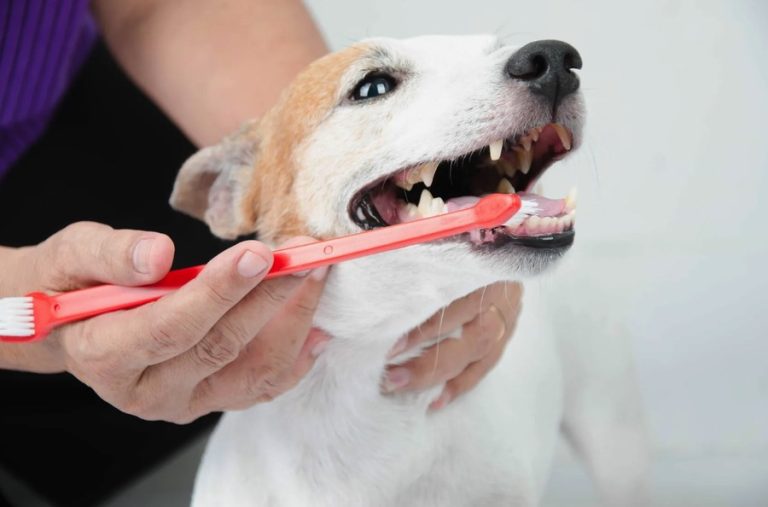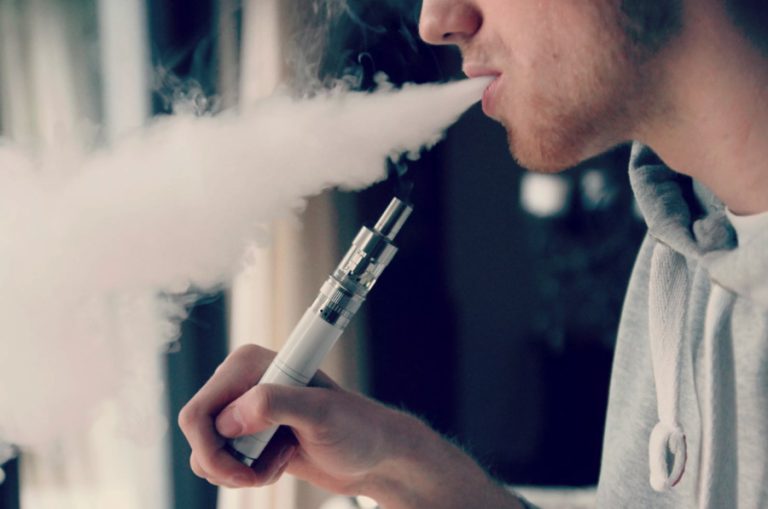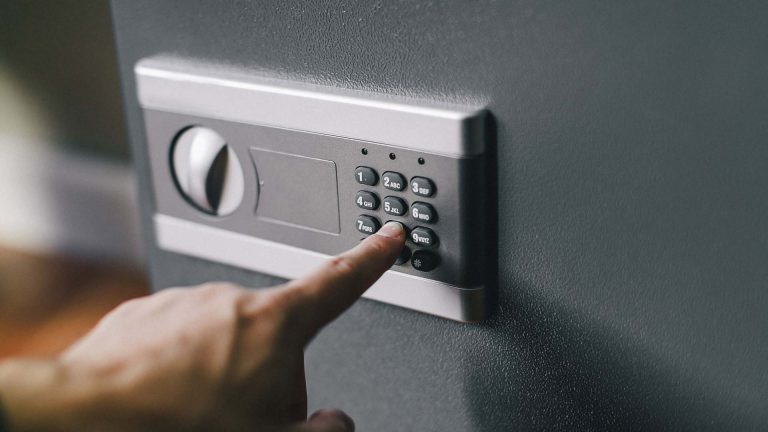Maintaining a clean house is not just about aesthetics; it’s crucial for the safety and well-being of its inhabitants. A clean home reduces the risk of pests, including bed bugs, which can cause significant health issues. This article explores the impact of cleanliness on safety, focusing on bed bugs, their identification, risks, and effective control methods. For professional assistance, consider hiring a Home Maintenance Company Dubai to ensure your home remains clean and safe from pests.
Understanding Bed Bugs
Bed bugs are small, reddish-brown insects that feed on the blood of humans and animals. Scientifically known as Cimex lectularius, these pests are notorious for their resilience and ability to hide in small crevices, making them difficult to eradicate. They are typically 4-5mm in size and can be mistaken for other insects due to their small and flat appearance.
Bed bugs go through five nymph stages before reaching adulthood, requiring a blood meal at each stage. They can survive for several months without feeding, making them particularly hardy pests.
Reasons for Bed Bug Infestations
– Travel: Bed bugs are great hitchhikers. They often enter homes through luggage, clothing, or used furniture. Hotels, motels, and other travel accommodations can harbor bed bugs, which then latch onto belongings and make their way into homes.
– Clutter: Clutter provides numerous hiding spots for bed bugs, making detection and treatment harder. A cluttered environment offers bed bugs more places to hide and breed.
– Proximity: Living in multi-unit buildings can increase the risk, as bed bugs can move between units through cracks and crevices. Shared laundry facilities and common areas can also facilitate the spread of bed bugs.
– Secondhand Items: Bringing in secondhand furniture or clothing without proper inspection can introduce bed bugs. Thrift stores, garage sales, and even hand-me-downs from friends or family can be sources of bed bug infestations.
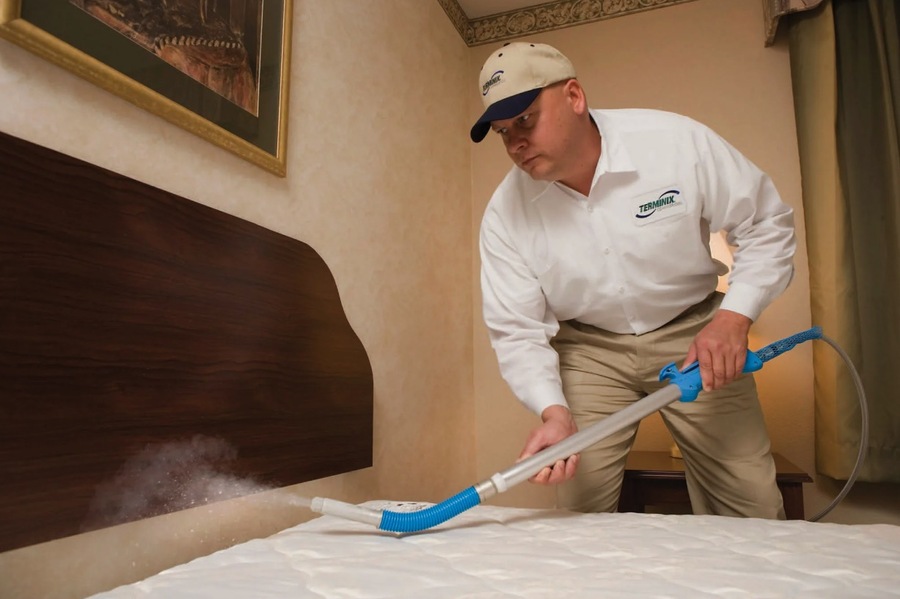
Recognizing Bed Bug Infestations
– Bite Marks: Small, red, itchy welts on the skin, often in a line or cluster. Bed bug bites are typically found on exposed skin such as the face, neck, arms, and hands.
– Blood Stains: Small blood spots on sheets or pillowcases, which can occur when bed bugs are crushed after feeding.
– Fecal Spots: Dark or rusty spots of bed bug excrement on mattresses, bedding, or walls. These spots can be found in areas where bed bugs hide and congregate.
– Eggshells: Tiny, pale yellow shells or shed skins left behind as bed bugs grow. These are often found in crevices and hidden areas.
– Musty Odor: A strong, unpleasant odor, similar to the scent of overripe raspberries. This odor is produced by the bed bugs’ scent glands and is more noticeable in severe infestations.
Common Hiding Places
– Mattresses and Box Springs: Particularly along the seams and tags, where bed bugs can easily hide and access their hosts.
– Bed Frames and Headboards: Especially in cracks and crevices, providing secure hiding spots.
– Furniture: In upholstery, seams, and beneath cushions. Sofas, chairs, and other upholstered furniture are common hiding places.
– Baseboards and Carpet Edges: Along the perimeter of rooms, where bed bugs can easily travel and spread.
– Electrical Outlets: Inside and around the covers, offering a warm and protected environment.
– Wall Hangings and Picture Frames: Bed bugs can hide behind these items, making them difficult to detect.
Period of Activity
Bed bugs are primarily nocturnal, feeding at night when hosts are asleep. They can go unnoticed for long periods as their bites may not be immediately felt. Bed bugs are attracted to the warmth and carbon dioxide emitted by sleeping humans, which guides them to their hosts.
Symptoms and Dangers of Bed Bug Bites
– Itching and Redness: Due to the body’s allergic reaction to the bites, which can vary in severity.
– Rashes: In some cases, prolonged exposure can lead to a rash or eczema.
– Infection: Scratching bites can lead to secondary skin infections, such as impetigo.
– Insomnia: The psychological stress of an infestation can cause anxiety and sleep disturbances.
Health Complications and Diseases
– Allergic Reactions: In some individuals, bites can cause severe allergic reactions, resulting in large welts and intense itching.
– Secondary Infections: Such as impetigo, lymphangitis, and ecthyma, caused by bacteria entering the skin through open wounds from scratching.
– Mental Health Issues: Anxiety, stress, and insomnia due to an infestation. The psychological impact of dealing with a bed bug infestation can be significant, leading to chronic stress and sleep deprivation.
Methods of Combating Bed Bugs
– Cleaning and Decluttering: Regular cleaning and reducing clutter can eliminate hiding spots. Vacuuming carpets, mattresses, and furniture can help remove bed bugs and their eggs.
– Heat Treatment: Washing and drying bedding and clothing at high temperatures can kill bed bugs. Heat treatment is one of the most effective ways to eradicate bed bugs, as they cannot survive temperatures above 120°F (49°C).
– Vacuuming: Regularly vacuuming carpets, mattresses, and furniture can help remove bed bugs and their eggs. Be sure to dispose of the vacuum bag or contents in a sealed plastic bag to prevent re-infestation.
– Chemical Treatments: Using insecticides specifically designed for bed bugs. These should be used with caution and according to the manufacturer’s instructions, as improper use can be harmful to humans and pets.
– Encasements: Using mattress and box spring encasements to trap bed bugs and prevent them from escaping. These encasements are designed to be bed bug-proof and can help protect against infestations.
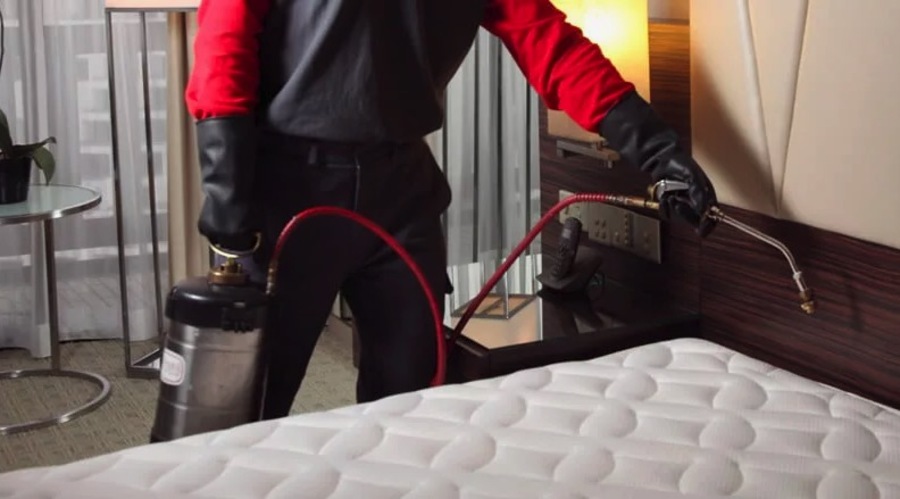
Professional Pest Control
– Expertise: Professionals can accurately identify and treat infestations. They are trained to detect bed bugs in all their hiding places and to use the most effective treatment methods.
– Effective Solutions: Access to stronger, more effective treatment options. Professional pest control companies have access to products and techniques that are not available to the general public.
– Safety: Proper handling of chemicals and treatment methods to ensure safety. Professionals are trained to use pesticides safely and effectively, minimizing the risk to humans and pets.
– Peace of Mind: Professional services provide thorough inspection and treatment, reducing the likelihood of recurrence. A professional service can offer follow-up visits and guarantees to ensure that the infestation is completely eradicated.
Conclusion
A clean home is essential for the health and safety of its inhabitants, helping to prevent infestations of pests like bed bugs. Understanding the risks, recognizing the signs, and taking prompt action, including seeking professional help, are crucial steps in maintaining a safe and comfortable living environment. Proper installation, regular testing, and maintenance of bed bug prevention measures are crucial for the continued effectiveness of keeping these pests at bay, making them a vital component of any safety plan.

Soccer lover, doer, DJ, Mad Men fan and recent OCAD grad. Making at the sweet spot between beauty and programing to answer design problems with honest solutions. Let’s design a world that’s thoughtful, considered and aesthetically pleasing.






